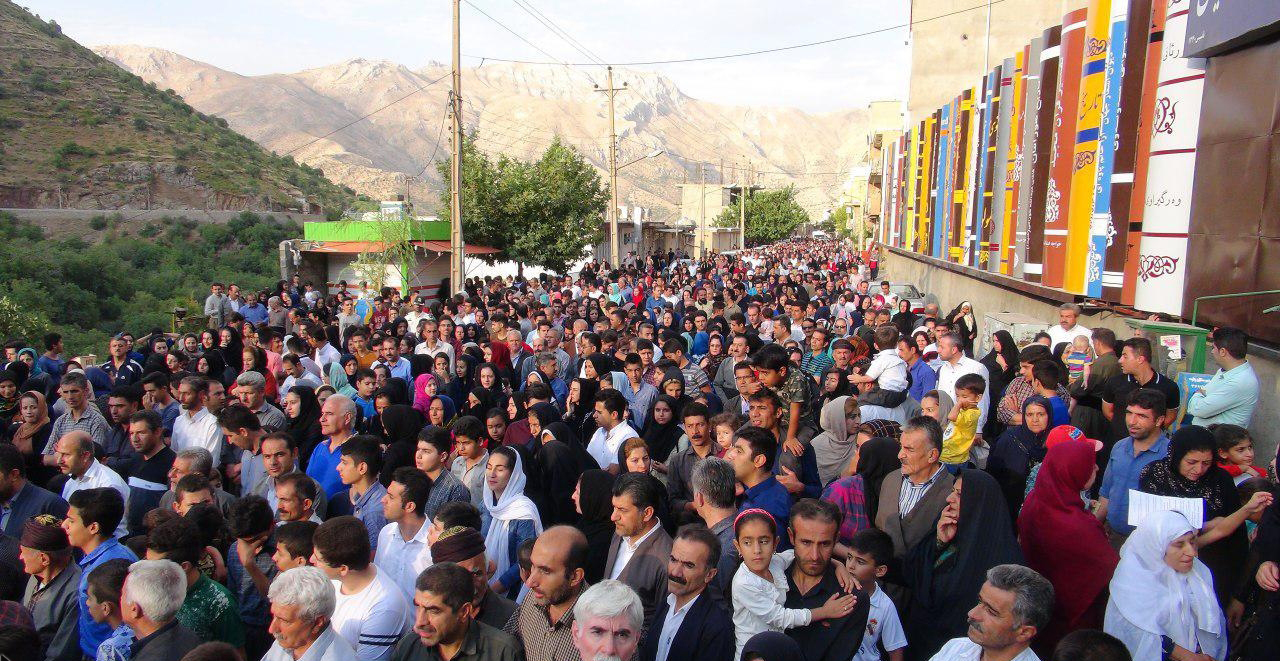The 2016 census shows that the average and median age of Iranians increased during the five years between 2011 and 2016.
The average age is the total sum of all individuals’ ages divided by the entire population of a country.
It currently stands at 31.1 years – up by 1.3 years since 2011 when the average age was 30.9 years for men and 31.3 years for women, IRNA reported.
The index is higher in urban compared to rural areas for both genders. The average age of men and women is 31.3 and 31.6 respectively in urban regions while it is 30.5 and 29.7 in rural areas.
The average age of women is slightly higher than men, which is attributed to their higher life expectancy compared to men.
It is expected that with the growth of difference between men and women’s life expectancy and the dominance of female elderly, the gap between their average ages will also widen.
However, average age is not usually considered as an appropriate indicator to describe the age structure of a population. Instead, an index known as median age is globally used for the purpose.
Median age is the age that divides a population into two numerically equal groups - that is, half the people are younger than this age and half are older. It is a single index that summarizes the age distribution of a population.
The latest census found a decline in the youth population.
The median age of Iranians was calculated at 30 for both genders in 2016, increasing by three years compared to 2011.
Also, the median age is two years smaller in rural areas than urban settings.
Old and Middle Age
In demographic studies, a population with a median age of 20 is considered young. If the index is between 20 and 30 the population is regarded as middle-aged and when it is 30 and over it is considered old.
Going by this benchmark, Iran’s urban population is old and the rural population middle-aged.
The latest nationwide census was carried out from September 24, 2016, in two stages: The first was online and the second, door-to-door registration. The latter stage ended on November 18.
Population experts have long warned against the phenomenon of aging in Iran and the risks it will pose to the economy and prosperity in the not too distant future.
Boosting the replacement level fertility to 2.1 births per woman is one of the most effective ways of solving this problem. The current rate of 1.8 is the lowest among Islamic countries, and even below the world average of 2.1 births per woman.
Replacement level fertility is the total fertility rate—the average number of children born per woman—at which a population exactly replaces itself from one generation to the next, without migration.
To do so, the government is taking measures to persuade families to have more children.
However, decision and policy makers need to realize that the widespread fall in the fertility rate is mostly driven by economic conditions, hyperinflation and high unemployment. Thus, the key to solving the aging population dilemma in Iran is a functioning economy armed with sustainable development, low unemployment and decent growth rates.


